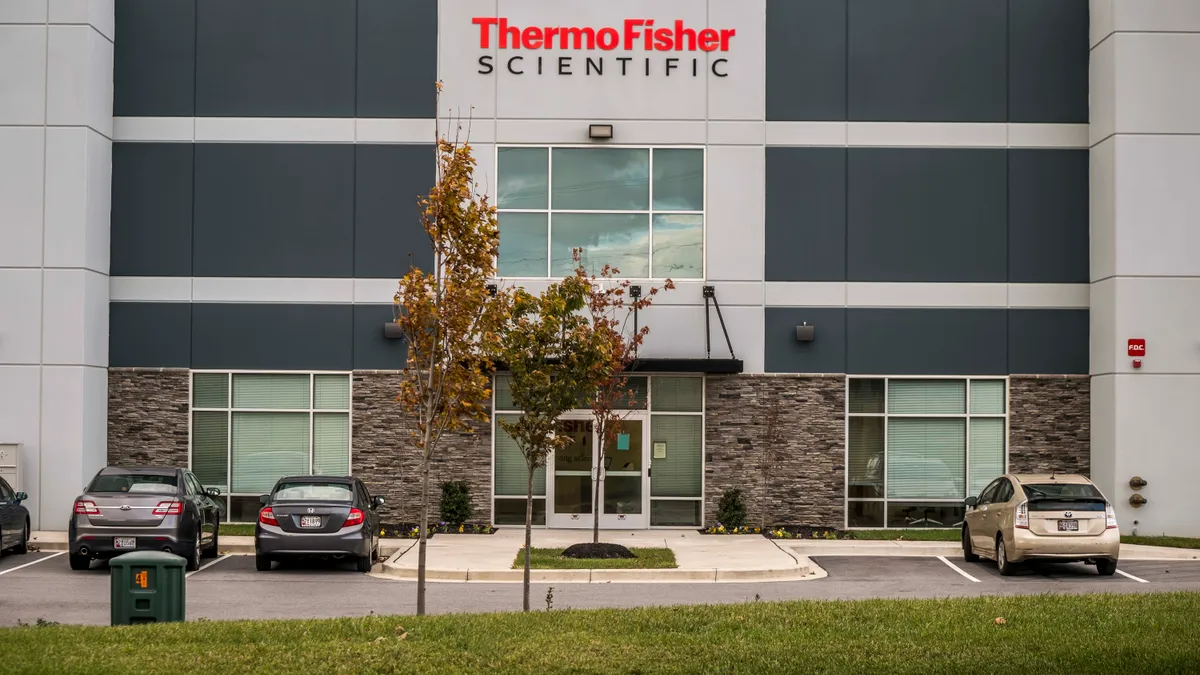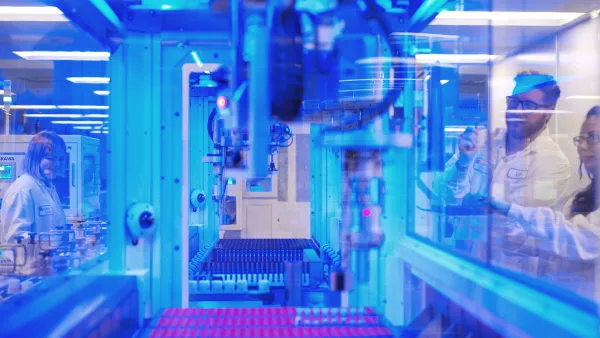Dive Brief:
- The Environmental Protection Agency on Thursday formally sought more information from commercial ethylene oxide sterilization companies, such as information on facility characteristics, control devices, work practices and costs for emission reductions, to inform potential future federal rulemaking.
- EPA Administrator Andrew Wheeler indicated the agency is taking into consideration the impact future regulations might have on the medtech industry, saying in a statement "medical device sterilization is vital to protecting public health." The agency said it is coordinating closely with FDA and other federal agencies as it evaluates how to reduce emissions from commercial facilities.
- The Advanced Notice of Proposed Rulemaking also asks for nominees to a Small Business Advocacy Review Panel, which EPA previously said would be consulted before it takes "any significant regulatory action." The agency is seeking representatives from businesses that would be subject to regulations to serve on the panel.
Dive Insight:
The notice is the latest step as the government slowly grinds toward a new approach to regulating the carcinogenic gas, used to sterilize more than 50% of medical devices in the United States.
Wheeler said the Trump Administration is committed to addressing ethylene oxide emissions. But it appears lobbying by medical device trade groups and concern by FDA that additional closures of sterilization plants could cause "catastrophic" medical device shortages has garnered his attention.
"As EPA takes steps to reduce ethylene oxide emissions from facilities we are committed to working with our federal partners as they are working to advance medical device sterilization," Wheeler said.
EPA's notice said the effort to update regulations comes after an August 2018 National Air Toxics Assessment, which relied on an updated 2016 Integrated Risk Information System risk value, found concerning ethylene oxide emissions in several areas across the country.
"Further investigation on NATA inputs and results led to the EPA identifying commercial sterilization using EtO as a source category contributing to some of these risks, which has led the EPA to evaluate, in greater depth, the potential health risks associated with emissions of EtO," the notice states.
In early November, AdvaMed directly lobbied Wheeler to release industry-friendly regulations that would allow medical device ethylene oxide sterilization to continue. The industry lobby has called into question the development of the EPA's IRIS risk value for ethylene oxide. But in its notice, EPA notes the IRIS assessment went under two external peer reviews before being finalized in December 2016.
AdvaMed Chief Advocacy Officer Greg Crist told MedTech Dive he is pleased EPA is seeking more information from sterilizers, even if it makes federal rulemaking "a more protracted process."
"When we started talking with EPA there wasn't as much familiarity with our industry," Crist said. "In just this year alone, in meetings we've had, we've had officials be very grateful for bringing our industry's perspective to the sterilization debate. In a lot of ways, that debate has been filled by the chemical industry because they used more ethylene oxide."
Rep. Dan Lipinski, D-Ill., a member of a bipartisan task force urging EPA to rely on its own IRIS value as the agency develops regulations on commercial sterilizers, urged his constituents, who live near Sterigenics' now-shuttered Willowbrook, Illinois sterilization facility, to give EPA feedback.
It's good we got Sterigenics closed down, but we need a strong rule to protect communities across the country. I urge #IL03 residents to submit public comments. More information is available here: https://t.co/H4GG2Zo7qc
— Rep. Daniel Lipinski (@RepLipinski) December 5, 2019
The medical device trade group has pushed the federal government to act quickly because is concerned "pockets of bad policy are being considered in absence of the federal regulations," according to Crist.
EPA spokesperson Enesta Jones told MedTech Dive in an email the Fall Unified Agenda, which lists a February 2020 target date for the release of the commercial ethylene oxide sterilizer proposed rule, is "the latest on timing on EPA regs."












